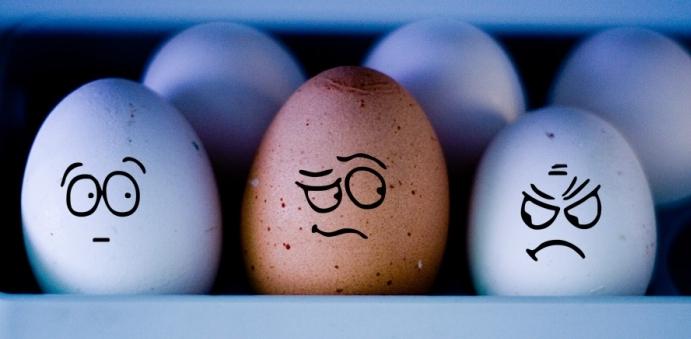The declension of adjectives in German seems very complicated. Those who studied English are especially affected: in it, as you know, adjectives are not inclined at all. However, if you compare German with Russian, it turns out that everything is not so scary.
In Russian, the declension of adjectives is carried out according to three main types, and the first has three more varieties: a hard, soft and mixed variant of declension. The latter has three more types, depending on the last consonant in the root.
A detailed familiarization with the rules of the Russian language helps most learners of the language faster and easier to understand the German declension of adjectives. The German language after such an acquaintance seems simpler and more understandable, and even sympathy appears for those who are forced to learn this "terrible" Russian.
There is one fundamental difference: if in Russian the declension of adjectives depends on the word itself (on its gender, number and case), then in German, in addition, it also depends on the article, which, as you know, has no analogues in Russian.
The declension of German adjectives can be divided into three types:
- Weak - it is really "weak", the adjective almost does not change. This declension is applied after a certain article - the article is fundamentally changed.
- Strong declension - after the indefinite article and pronouns, meaning some kind of "uncertainty".
- Mixed declension - if the article is missing.
Here we look at the weak declension of adjectives
Its rules are simple enough. As you can see in the table, most adjectives end in –en, others end in –e. This type of declension is inherent only in adjectives, which are used after:
- The definite article (der, die, das).
- After pronouns that are similar to a certain article: diser (this), jener (that), jeder (each), welcher (which), solcher (such), mancher (different), derselbe (the same), derjenige (the same). Of course, these demonstrative pronouns also vary in gender. Here they are all masculine.
As you study this information, notice how the endings of certain articles and nouns change. As you can see, the declension of adjectives is the easiest to remember. Another important point is the Plural column. In this number, adjectives that appear after the following words tend to be of a weak type:
- The definite article (der, die, das).
- The same pronouns that are mentioned above, and some others. Of course, these plural pronouns will take other forms: diese (these), jede (those), welche (which), alle (each), beide (both), solche (such), manche (some), dieselben (those the most), diejenigen (the same), sämtliche (all).
- And also (pay attention!) After the pronoun kein and such as mein (mine), unser (ours), as well as other possessive pronouns. This raises the logical question of how singular adjectives are inclined after such pronouns? For example, how will meine schöne Frau (my beautiful woman) in the dative case? We answer: in any reference book, look at the table of mixed declension, because after these pronouns the adjectives in units. numbers tend to be mixed.
| m. genus | g. kind | Wed kind | Multiple number |
| N | Der alt e Mann | Die schön e Frau | Das neu e haus | Die breit en fenster |
| G | Des alt en mann es | Der schön en Frau | Des neu en Hauses | Der breit en fenster |
| D | Dem alt en Mann | Der schön en Frau | Dem neu en Haus | Den breit en fenster n |
| A | Den alt en mann | Die schön e Frau | Das neu e haus | Die breit en fenster |

After that, in any German directory look at other tables:
- Declension of adjectives in the singular in the absence of the article (strong declension).
- The declension table for singular adjectives after the indefinite article (mixed declension).
- It is also worthwhile to look separately at the declension of adjectives in the plural, although it can also belong to the two types already mentioned earlier: weak and strong. After the indefinite (weak declination - we have already given it in the table) and the definite article (strong declination).
- Declension of substantiated adjectives.
Please note that in the declensions of adjectives there are patterns: somewhere, one way or another, there must be the end of a certain article. In the table above, adjectives already have a definite article. Therefore, the adjectives no longer need their endings, because the rules of weak declination are so simple. Conversely, with strong declension, when there is no article in front of adjectives, the endings of adjectives change like the endings of a certain article.
And a few tips on how to remember these dry tables:
- Learn the declension of a particular article in detail.
- Read this article and look through the tables in the manual carefully once and take the test - there are enough of them on the Internet. After you complete or don’t complete the tasks of choosing the correct form of the adjective, you will feel the need to remember all this, and you will also know where you need to study the declension of the adjectives more carefully. The secret of any effective training: first the problem, then its solution. And not vice versa.
- Take the fiction text in German. This can be any text on a topic of interest to you with parallel translation. Try to compile all declension tables yourself, and then compare them with the directory. It will take time, but after that you most likely will no longer need to look into the directory at all to clarify how a particular adjective is inclined.